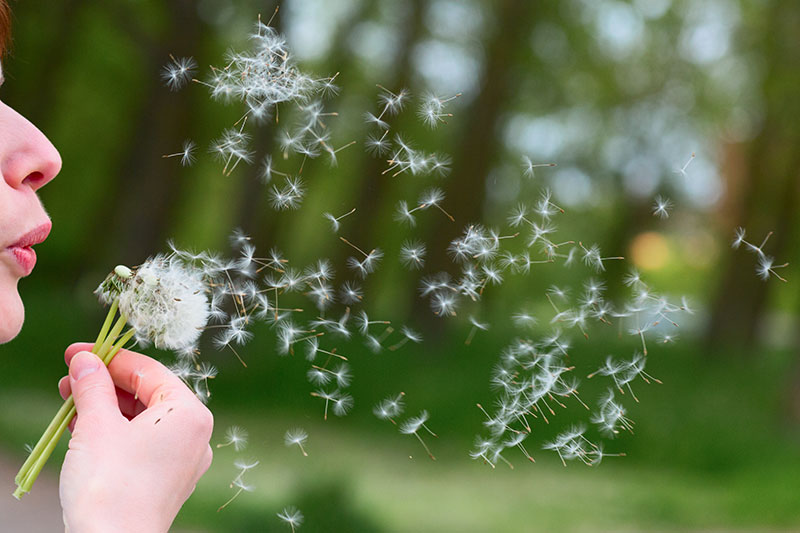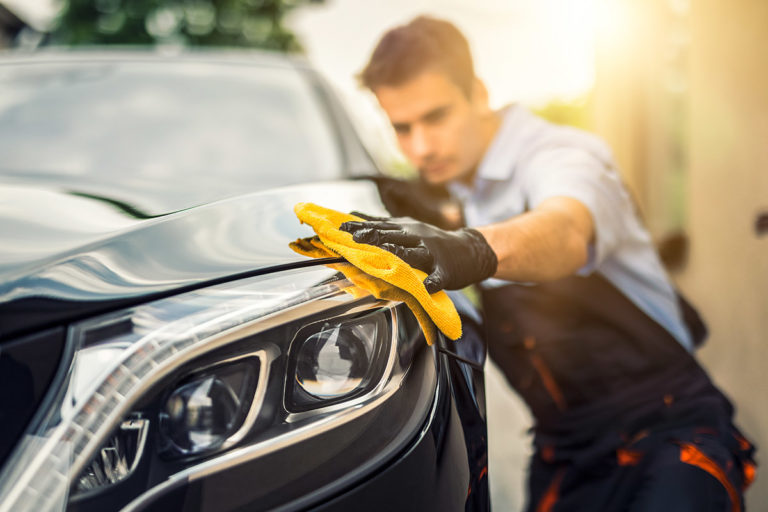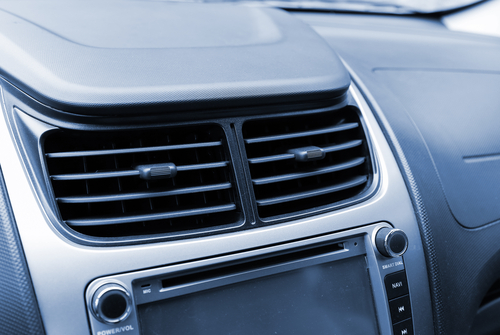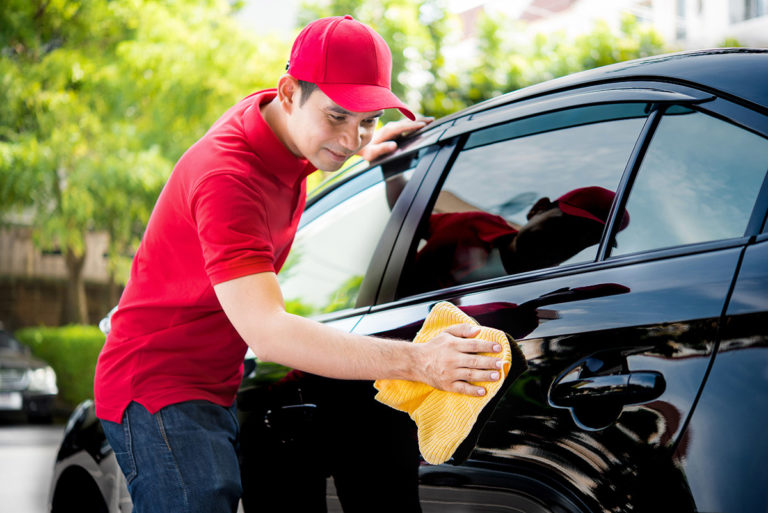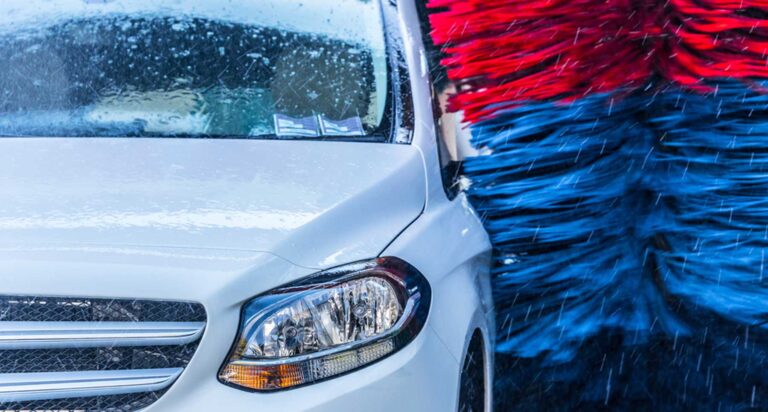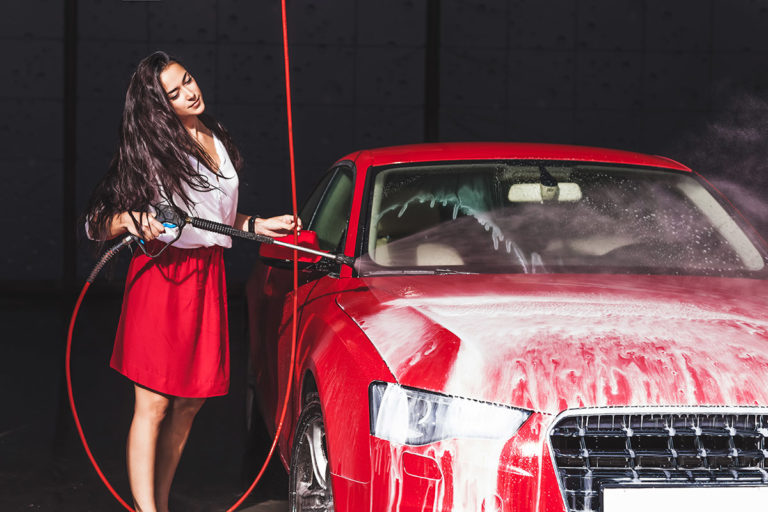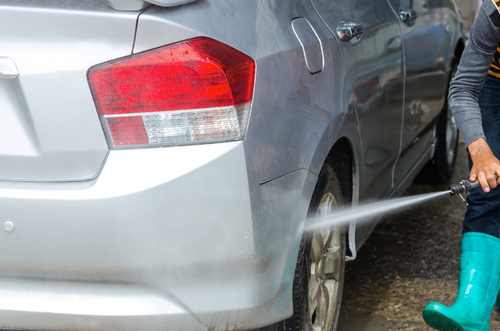Eliminating the Hazards of Pollen
If you have allergies, you know that few things are more uncomfortable than spring months in the Salt Lake Valley. As the yellow particles fill the air, you’re left sneezing and wheezing and wishing for a new season. To make matters even worse, pollen can also infiltrate your car both inside and out. If left unattended, this pollen can damage your paint job or even find its way inside your ventilation system, which will only increase your allergens over the coming months.
By removing the pollen from your car at the car wash, you can enjoy a cleaner, fresher drive no matter what the trees around you are doing.
Damages Caused by Pollen
Most people recognize pollen as a dusting of yellow over the top of their vehicle. If you park outdoors or under a tree, just a few hours can be enough time to cause your entire car to be layered in the stuff. Although most types of pollen aren’t hugely damaging to your paint (at least, not right away), some have high levels of acidity that can damage the clear coating, while additional environmental hazards like rain can cause the pollen to turn into a sticky, difficult-to-remove coating.
There are also potential hazards related to how you choose to get rid of the pollen. Wiping at the pollen can cause it to scratch the surface, while rinsing it away can activate the acids and create longer-term damage.
Your ventilation system is also a concern. Pollen in the air outside means pollen in the air inside, especially if you leave your windows down for any length of time. This pollen can then circulate within your vents, making breathing difficult for those with allergies.
How to Take Care of Automotive Pollen
For your car’s exterior, your best approach is to go through the full cycle at the car wash. This means going through each step of the wash, including pre-soaking, scrubbing with soap, rinsing, and drying it completely. In a best-case scenario, you should take about five extra minutes to ensure you get all the areas completely cleaned. You should also plan on cleaning your car about twice as often during the heavy pollination season, as it tends to come back.
You can also protect your car against future damage by including a wax during your car wash. This extra layer will ensure that the pollen won’t cling to the surface the next time it falls.
For the inside, you’ll need to check things like the interior air filter (or cabin filter) and the vents themselves. The filter can be accessed under the hood and replaced for around $20 (something you should do annually anyway), while you can use a can of compressed air to clean out the vents. You should also take the time to vacuum the interior seats and carpets, as pollen can collect in the upholstery.
A damp cloth can also go a long way in forcing those particles out of the air. Wipe down every surface and keep the windows closed every time you drive. Your allergies will thank you.
